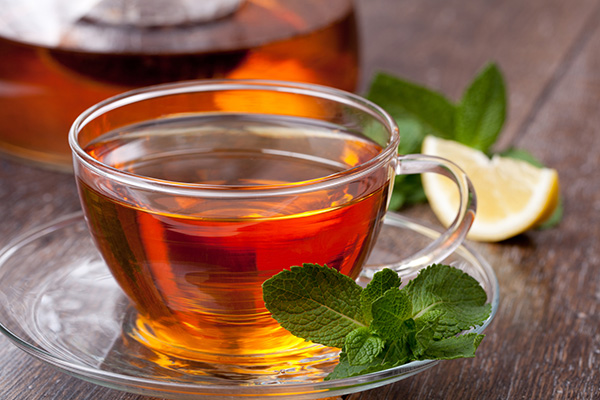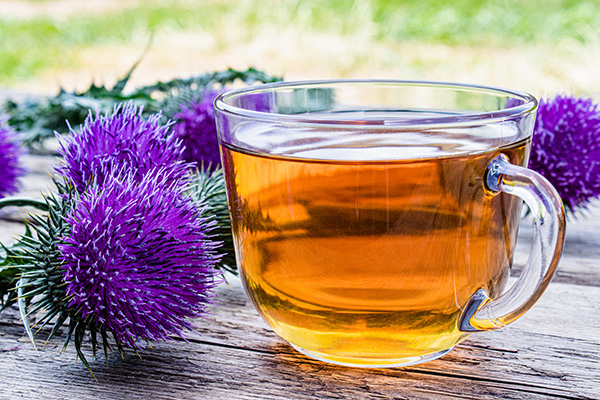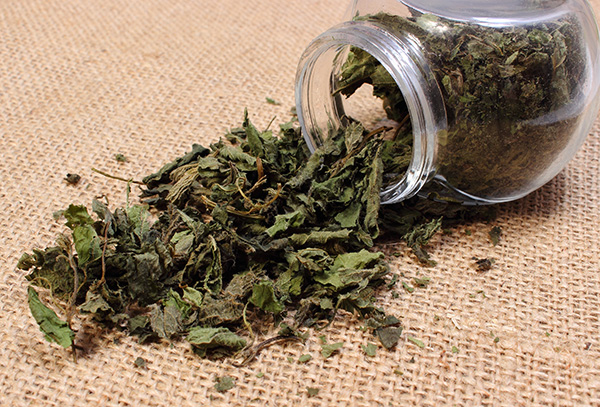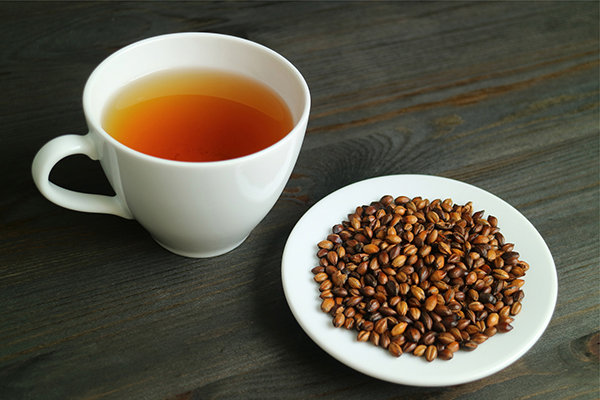Is Coffee or Tea More Acidic?
The debate between coffee and tea has been ongoing for centuries, with fans of each beverage passionately arguing in favor of their preferred drink.
One aspect of this age-old debate revolves around acidity.
Here we are going to examine which of coffee or tea has a higher level of acidity and look closely at different factors that contribute to its pH level.
So, which is more acidic, coffee or tea?
Coffee is generally more acidic than tea. However, some teas, like rosehip and teas from fruits, have a greater acidity than coffee.

Which Teas Are the Most Acidic?
Tea, like coffee, varies in acidity depending on the type and processing methods.
There are four main types of true tea: black, green, oolong, and white. Herbal teas, not stemming from the Camellia sinensis plant, also have different pH levels based on their type.
Being the most oxidized variety among true teas, black tea has a higher acidity than other teas, such as green, oolong, or white.
In contrast, green tea undergoes limited oxidation, producing a subtler flavor and lower acidity levels.
Oolong tea falls between black and green tea in terms of oxidation, and its acidity level also tends to be in the middle.
White tea is the least processed and oxidized, which results in a delicate flavor and the lowest acidity among the true teas.
Herbal teas can vary significantly in acidity depending on the ingredients used. Some, for instance, chamomile and mint, inherently have low acidity levels. In contrast, others, such as hibiscus or lemon-based teas, may have higher acidity due to citrus or other acidic components.
Below is a table showing the pH levels of various types of tea and coffee:
| Type of Tea | pH Level |
| Rooibos tea | 9 |
| White tea | 8-10 |
| Green tea | 7-10 |
| Ginger tea | 7 – 7.5 |
| Yellow tea | 6.9-9.7 |
| Chamomile, mint, fennel teas | 6-7 |
| Oolong tea | 5.5-7 |
| Black tea | 4.9-5.5 |
| Black coffee | 4.85-5.10 |
| Lemon tea | 3 |
How Do You Measure Acid Levels in Tea?
A liquid’s acidity is established by its pH level, which measures the hydrogen ions’ concentration.
The pH scale ranges from 0 to 14, with 7 being neutral. Liquids with pH levels below 7 are considered acidic, and those above 7 are considered alkaline.
How to Lower the Acidity of Your Tea?
Want to decrease the pH of your tea? There are a handful of tactics you can try:
- Choose a less acidic tea: As previously noted, white and green teas generally have lower acidity levels than black and oolong teas. Herbal teas can also be a good option, but choose one with low acidity.
- Brew at a lower temperature: Brewing tea at a lower temperature can help reduce its acidity. For example, green and white teas are best brewed at 180°F (82°C). At the same time, black tea should be brewed at 210°F (99°C) and oolong at around 195°F (90°C).
- Steep for a shorter time: Reducing the steeping time can also help lower the acidity of your tea. Experiment with different steeping times to find the perfect balance between flavor and acidity.
- Add milk: Adding milk to tea can help reduce acidity by neutralizing some acidic compounds. The proteins in milk, particularly casein, interact with the acids, creating a more balanced and milder beverage, which may be gentler on sensitive stomachs.
Is Tea or Coffee Worse for Acid Reflux?
Even though tea and coffee are acidic, coffee is commonly more acidic than tea. Therefore, tea may be a more fitting choice for people dealing with acid reflux or other digestive issues.
However, remember that individual tolerance varies, and some types of tea may still cause discomfort.
For those struggling with acid reflux, try different teas to discover the one that suits you best.
Final Thoughts
In conclusion, black coffee has the highest acidity among the beverages discussed in this article (we are not counting herbal teas with fruit).
Still, the degree of acidity in tea can significantly vary depending on its variety and the method used for preparation.
Choose white or green teas to minimize acidity, brew at lower temperatures, and steep for shorter durations.
FAQ
What Is the Least Acidic Tea?
The least acidic teas are herbal teas from plants other than the Camellia sinensis plant, used for creating true teas like green, black, white, and oolong.
Herbal teas are naturally caffeine free and low in acidity, making them an excellent choice for those with sensitive stomachs or prone to acid reflux.
Among herbal teas, some of the least acidic options include:
- Rooibos tea: Rooibos tea, also known as red bush tea, is a South African plant that has a low acidity and naturally sweet flavor.
- Chamomile tea: Chamomile tea is recognized for its soothing qualities and minimal acidity.
- Peppermint tea: This refreshing tea offers a cool, minty taste and has minimal acidity.
- Ginger tea: Ginger tea can help soothe the stomach and is generally low in acidity, especially when prepared without lemon.
What’s Better to Drink in the Morning, Coffee or Tea?
From the perspective of acidity, tea is generally a better choice in the morning than coffee. With a lower acidity level than coffee, tea is often softer for sensitive stomachs or if you’re prone to acid reflux.
Being more acidic, coffee can irritate the digestive system, particularly when you drink it on an empty stomach.
For those concerned with acidity, consider choosing less acidic teas like green or herbal teas.
Does Adding Milk to Tea or Coffee Reduce Acidity?
Adding milk to tea or coffee can reduce the beverage’s acidity. Milk contains proteins, specifically casein, which can neutralize some acidic compounds in tea or coffee.
Therefore, the drink’s overall acidity may be reduced, rendering it gentler on the stomach.





